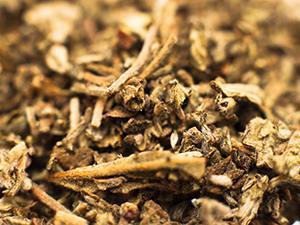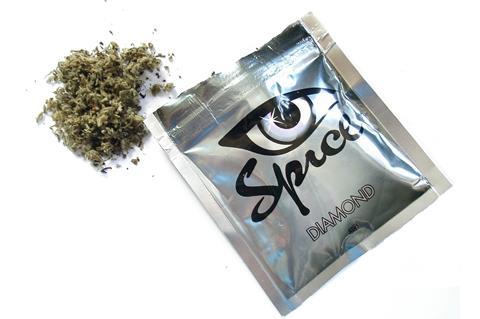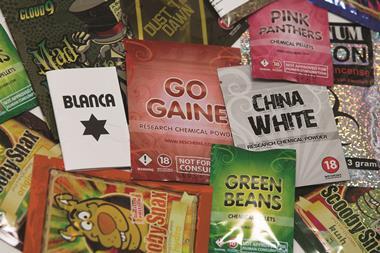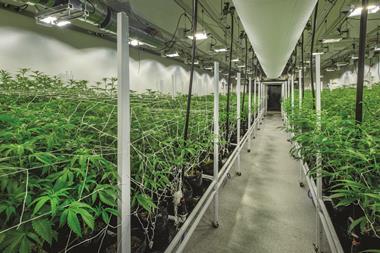
Meera Senthilingam
This week, a compound that’s risky yet legal. Nina Notman explains more.
Nina Notman
Research chemists routinely present their latest findings at conferences and in papers and patents. This information exchange plays a vital role in progressing scientific research. However the information is occasionally misused by clandestine chemists to manufacture a seemingly endless variety of designer synthetic drugs.
Cannabicyclohexanol is one such example. This synthetic cannabinoid is an analogue of a cannabinoid receptor agonist drug that was developed by pharmaceutical giant Pfizer as a pain reliever in the early 1980s. Because these molecules – when first made, at least – are not controlled, they are often referred to as legal highs. Although they are officially known as unregulated – or new – psychoactive substances.
Historically, legal highs were sold on the street in a similar way to illicit drugs. But today they are normally sold in plain view of the authorities, marketed, for example, as herbal incense, plant foods, bath salts and slug repellents. All labelled with the caveat ‘not for human consumption’. They are however designed to be smoked.
Cannabicyclohexanol is believed to bind even more strongly to the cannabinoid receptor that normal cannabis
Cannabicyclohexanol was identified as one of the active ingredients in the herbal incense product Spice by German forensic experts in January 2009. And like the other synthetic cannabinoids it has pharmacology similar to that of tetrahydrocannabinol, the main active chemical in cannabis. This leaves the majority of smokers with a feeling of being chilled out, relaxed and happy.

However, its pharmacology is very poorly studied to date. And cannabicyclohexanol is believed to bind even more strongly to the cannabinoid receptor that normal cannabis, this can lead to more powerful and unpredictable effects. Some users of Spice have reported unwanted symptoms including rapid heart rate, vomiting, agitation, confusion and hallucinations. It isn’t yet known however whether it is the cannabicyclohexanol or one of the mixture’s other active ingredients causing these effects. Spice can also raise blood pressure, reduce blood supply to the heart and in a few cases it has been associated with heart attacks.
This is particularly worrying when you consider the sheer numbers of people abusing these substances. In 2012 a US survey found that 8.8% of 15 to 16 year olds and 11.3% of 17 to 18 year olds had used synthetic cannabinoids in the past year. This means that they are the second most frequently used illicit drug among high school seniors after cannabis. According to the World Drug Report produced by the UN in June 2013 the situation is not quite so bad in Europe. Although a 2011 report from the UK’s Advisory Council on Misuse of Drugs claimed that between 20 and 40% of young people in the UK have tried related legal highs.

But like many other legal highs, the authorities around the world are starting to catch up and ban cannabicyclohexanol. In the UK its use has been controlled since December 2009. It is classed as a class B drug in the misuse of drugs act as under the blanket term ‘synthetic cannabinoid receptor agonists’. It is also a schedule 1 controlled drug under the American synthetic drug abuse prevention act of 2012. Other European countries including France and Germany have also followed suit.
And while cannabicyclohexanol may be being increasingly stamped down on, legal highs don’t seem to be going away. Manufacturers are just altering their product’s chemical compositions when one of its ingredients is banned – meaning they stay one step ahead of the law. In 2012, the EU was alerted to 73 new legal highs compared with 49 in 2011, 41 in 2010 and just 24 in 2009.
These sheer numbers combined with their ease of availability has led the UN to conclude that young people are being misled into believing they are indulging in low-risk fun. When nothing could be further from the truth.
Meera Senthilingam
Science writer Nina Notman there, with the chemistry of cannabicyclohexanol. Next week, the perils of a bad reputation.
Emma Stoye
A quick internet search throws up some unusual responses within the top 10 that seem to suggest more than just run-of-the-mill chemophobia: ‘Aspartame is by far the most dangerous substance on the market!’ insists one webpage; others promise ‘5 reasons aspartame is bad for you’; or ‘aspartame poisoning – the whole truth.’
Meera Senthilingam
Is it as bad as it seems? Join Emma Stoye to find out in next week’s Chemistry in its Element. Until then, thank you for listening, I’m Meera Senthilingam.













No comments yet